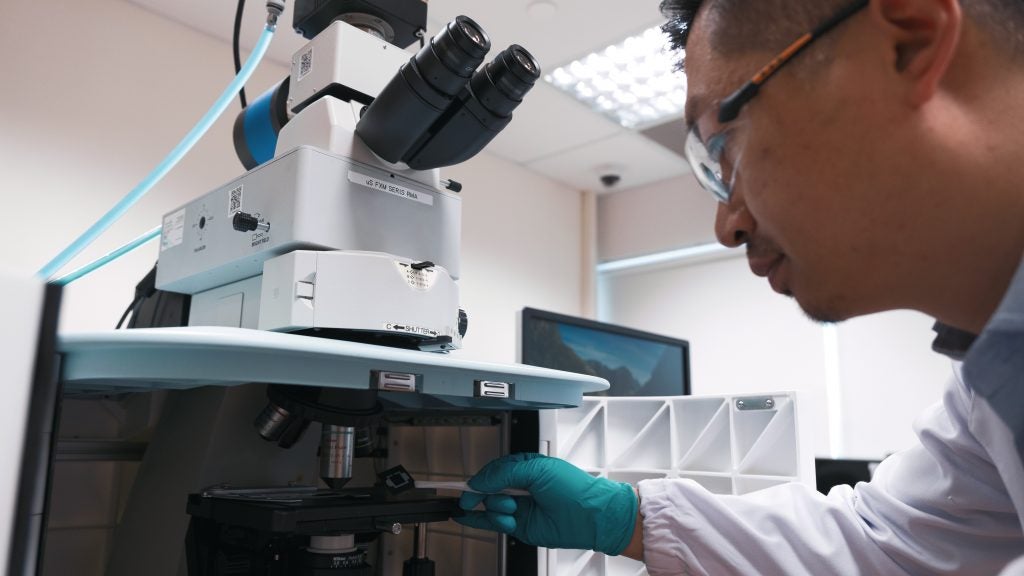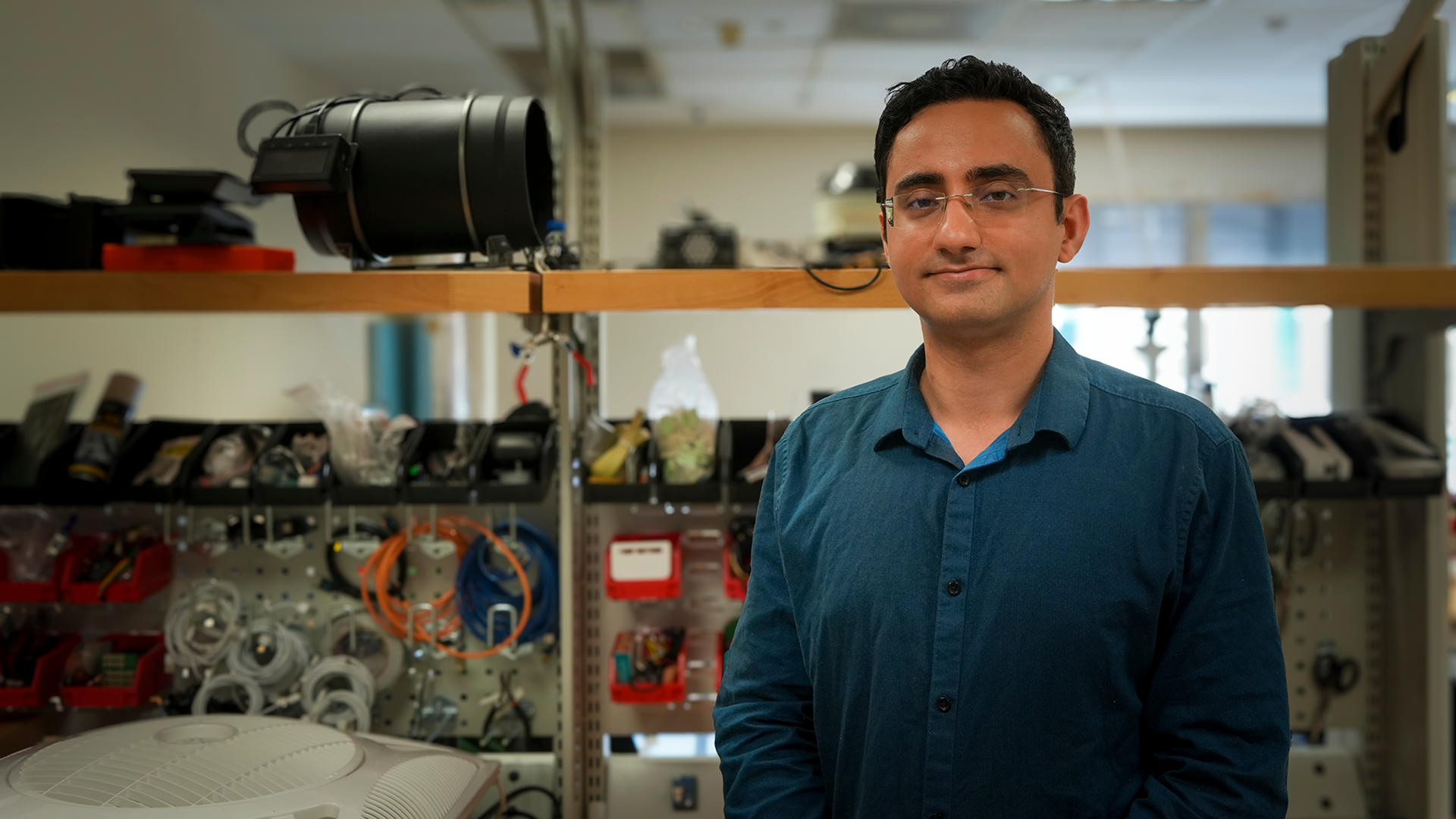
At the intersection of Building Science, Mechanical, Electrical, Systems, and Civil Engineering, Computer Science and Human Experience, Assistant Professor Ali Ghahramani (Presidential Young Professor, Department of the Built Environment) leads research that aims to transform buildings into intelligent systems that sense, learn and adapt to the people who use them.
In this Q&A, the head of the Building Robotics Laboratory explains what makes his work exciting, how smart buildings can reduce energy waste, and why being human-centric is key to building sustainable cities.
Q: Tell us about your academic journey and what inspired you to focus your research on the built environment.
My academic journey began with a keen interest in infrastructure and project management (IPM) and how complex projects are designed and delivered.
Over time, that curiosity evolved into a broader focus on the built environment - particularly how we can design and manage it in more human-centric ways that respond to the needs and experiences of its users.
Q: You lead the Building Robotics Laboratory. What does “building robotics” mean in practice, and what are the lab’s key research themes?
We call our lab the Building Robotics Lab because we view buildings as robotic ecosystems - integrated systems with sensing, control, AI and actuation. Like a robot, a building can perceive its environment, make intelligent decisions, and take actions to improve occupant comfort, health and energy performance.
Our research reflects this vision, and includes non-intrusive sensing of comfort and health, nature-based smart cooling, digital-twin-based personalised environments, and smart energy assistants.
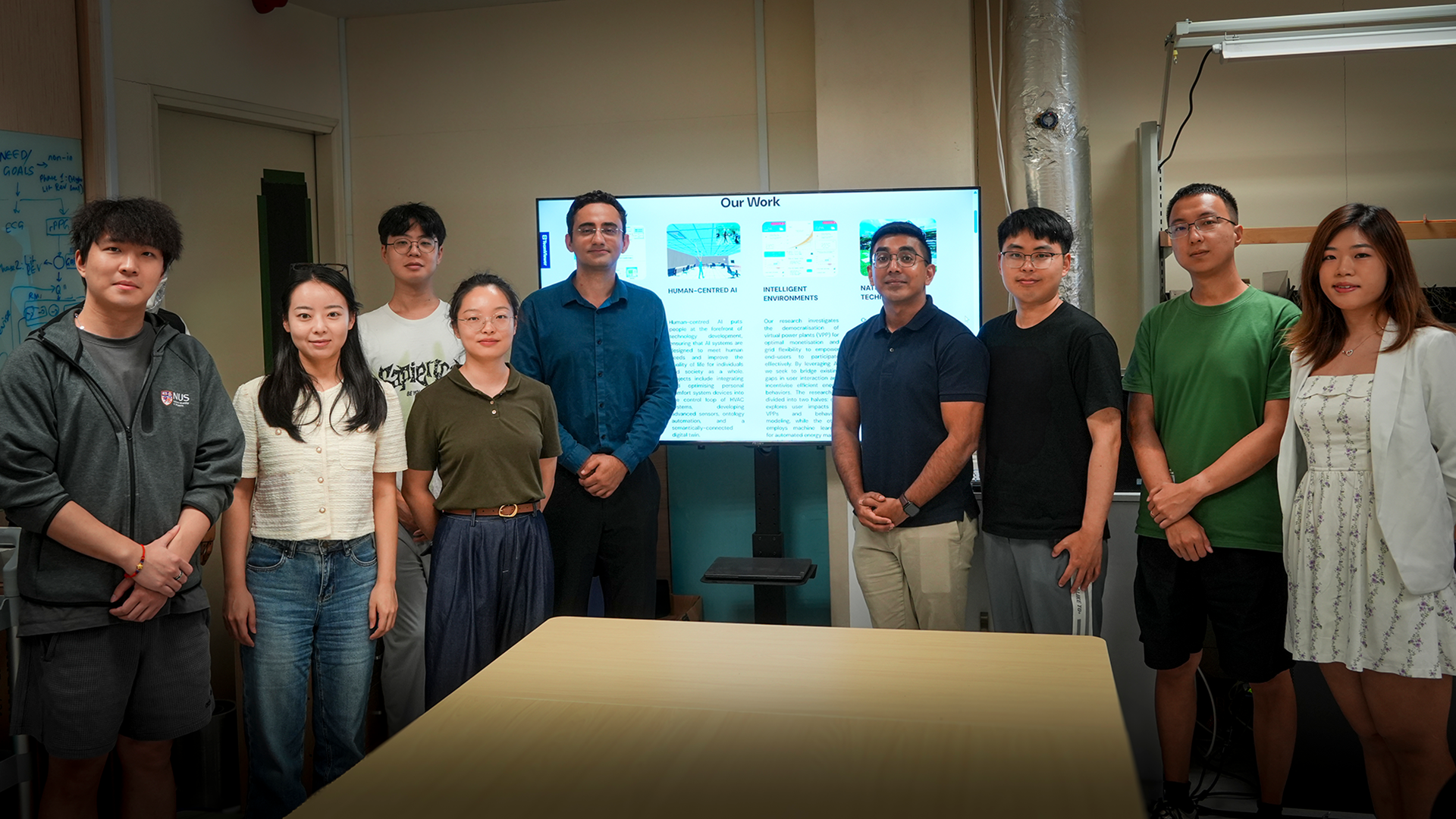
Q: Your work explores how buildings interact with their occupants. What does that mean in everyday terms?
We explore how buildings can sense and respond to how people actually feel, instead of relying on fixed settings. For example, instead of a single thermostat temperature setpoint such as 23 °C for everyone, a space could detect if someone feels warm or cold and adjust the environment in real time.
We also use digital twins to personalise cooling and lighting based on individual preferences and location. The goal is to create environments that are both efficient and truly centred on the people inside them.
Q: How do you use sensing technologies and machine learning to understand how people experience buildings?
We use tools like infrared thermography and remote photoplethysmography to non-intrusively measure physiological signals such as skin temperature and heart rate. These indicators help us understand an occupant’s thermal comfort.
We’ve also developed a model called ComfortGPT, which predicts individual preferences based on historical interactions with thermostats. With these tools, buildings can adapt intelligently, improving both comfort and energy efficiency.
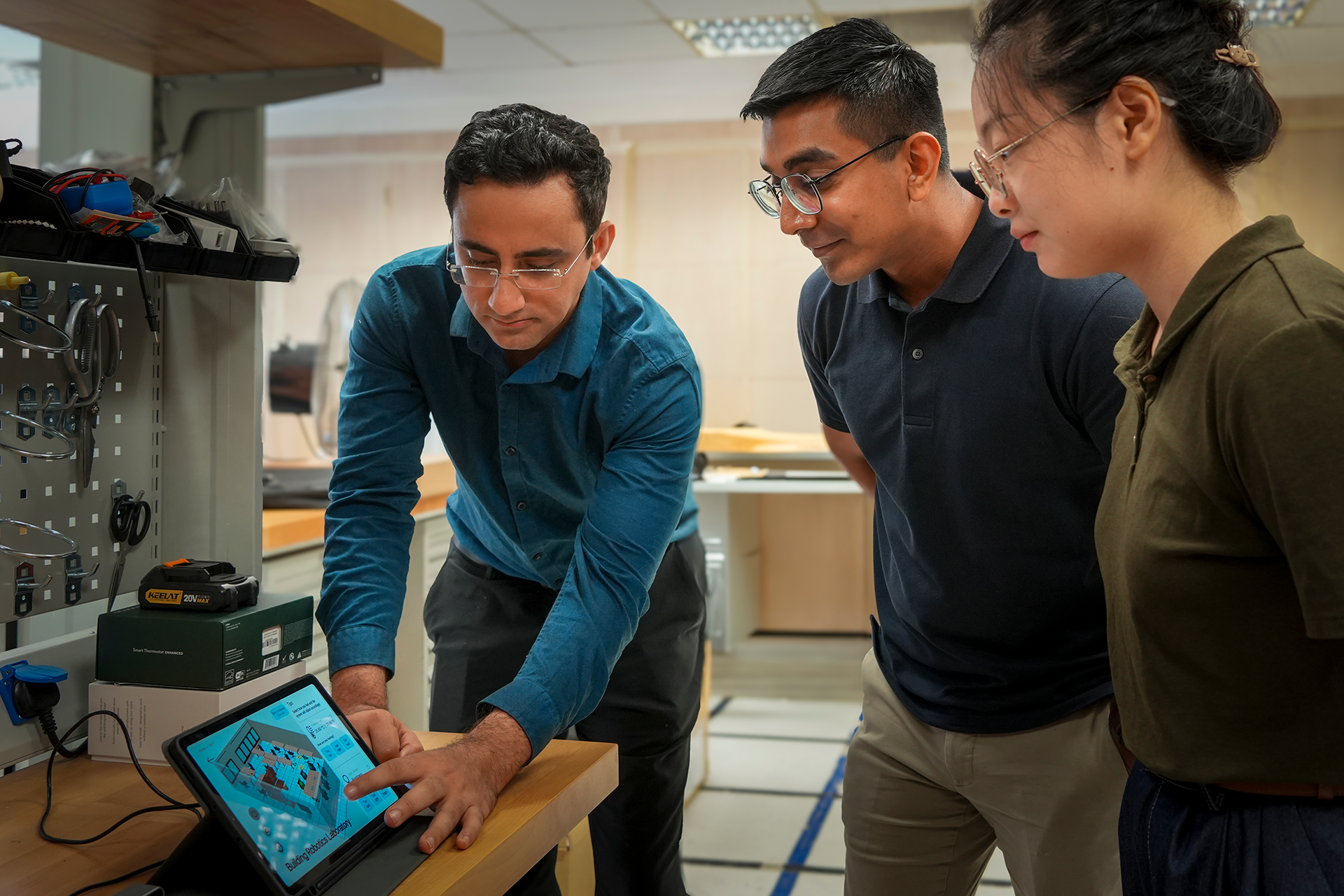
Q: Can you share an example of how your research has helped make a building—or a larger space—smarter and more responsive?
One example is a testbed in the office of one of our industry collaborators, located on the upper floors of a shopping mall. The space has weak central cooling and slow air-conditioning response. To improve comfort, we integrated digital twins with the room booking system, sensors, and Ultra-Wide Band-based occupant localisation.
Our ceiling-mounted robotic fans use smartphone location data to direct airflow toward individuals, providing immediate, personalised cooling while saving energy.
Q: The idea of “intelligent buildings” is gaining momentum. What defines an intelligent building, and how close are we to making them the norm?
An intelligent building understands and responds to the diverse needs of its occupants in real time. It adapts to the changes in its systems' performance and human behaviour and needs autonomously and optimises the resource utilisation (using resources at the right time and right place).
We’re making progress, but many of the sensing and actuation technologies are still developing. We need better ways to understand individual needs and deliver personalised services.
Once we have that, digital twins, AI and advanced control systems can work together to orchestrate truly responsive environments.
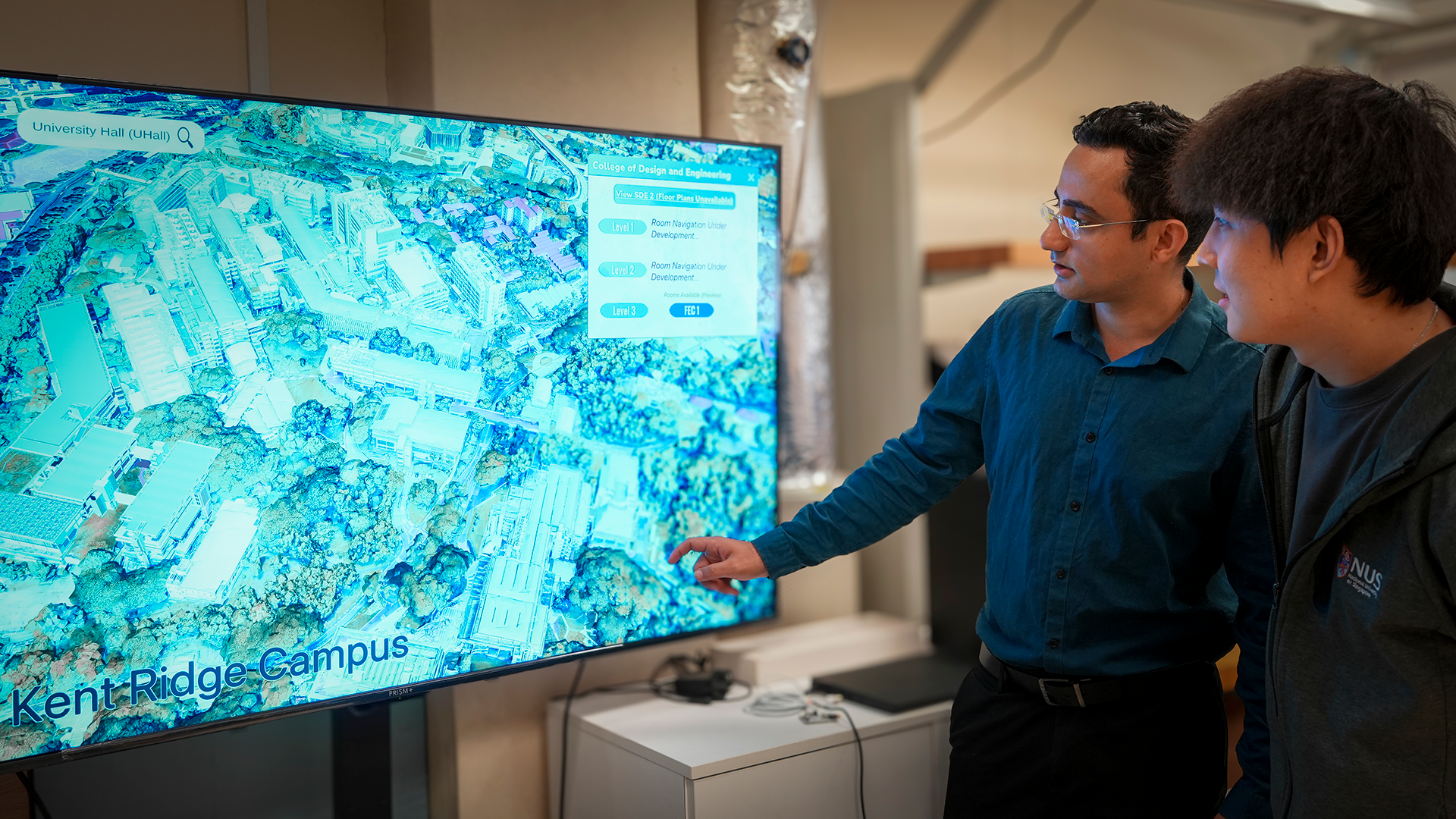
Q: How does your work support greener, more energy-efficient cities - especially in Southeast Asia?
Our research helps reduce energy waste by adapting building operations to real occupant needs, thereby minimising waste. In Southeast Asia, where cooling makes up nearly half of building energy use, that’s especially critical. We focus on nature-based cooling and personalised comfort systems that reduce reliance on energy-intensive central air conditioning systems.
With non-intrusive sensing, digital twins and AI control, we can create buildings that are both comfortable and sustainable, tailored to this region’s climate and energy challenges.
Q: At the Building Robotics Lab, how do you bring together different kinds of expertise to tackle these problems?
Our lab is highly interdisciplinary, with members from around the world and backgrounds in engineering, computer science, architecture, design, and the social sciences. We also collaborate with other disciplines such as industrial design, mechanical and electrical engineering.
This mix allows us to tackle complex problems from multiple angles - from developing new sensors and control systems to understanding human behaviour in buildings.
It’s this blend of perspectives that helps us translate research into impactful, real-world solutions.
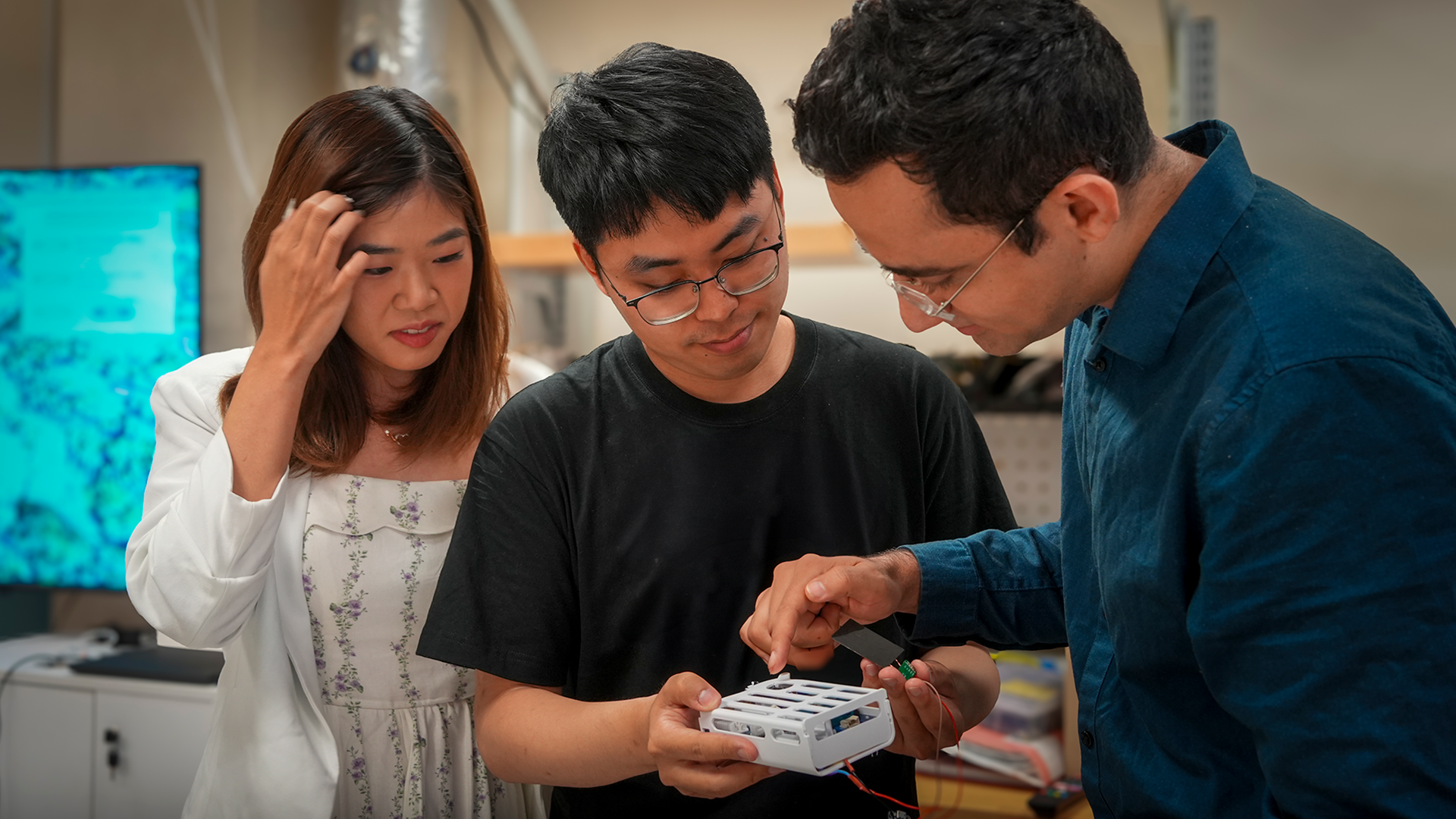
Q: Do you collaborate with industry or government partners? What difference does that make to your work?
Absolutely. Without those collaborations, our work would remain confined to the lab. Too often, researchers develop technologies in isolation from those who build, operate or regulate buildings. We work with partners like Trane (a major global HVAC developer), Newway (a local HVAC specialist), Exceltec (a local property and facility management company), and CDL (a prominent real estate developer and portfolio holder with both global and local presence), as well as Singapore’s Building and Construction Authority, to align our research with real-world needs and national sustainability goals.
These partnerships are crucial for making our work scalable and impactful.
Q: What advice would you give to students or young researchers interested in transforming the built environment?
Stay curious, think across disciplines, and always keep people at the centre of your work. The most impactful solutions come from combining technical innovation with a deep understanding of human needs.
Engage with industry and policymakers early—it helps your work stay relevant and scalable.
And be patient. Changing how buildings work is a big challenge, but the potential impact on sustainability and quality of life is huge.





